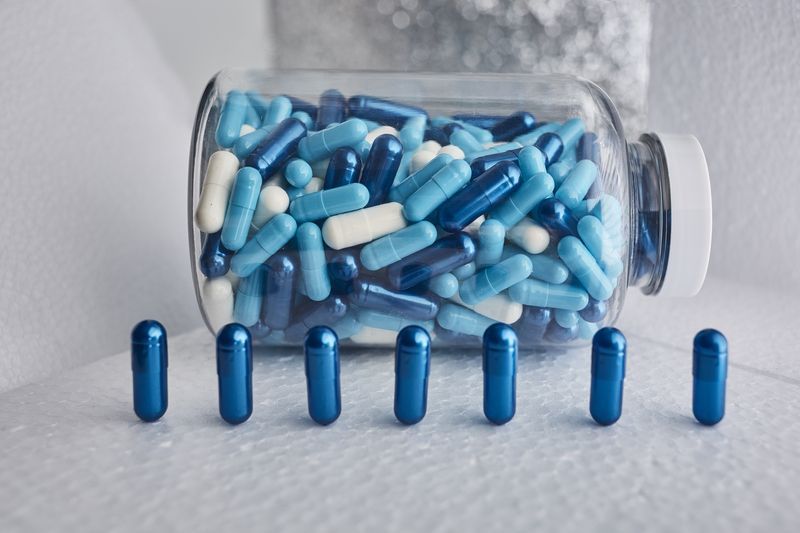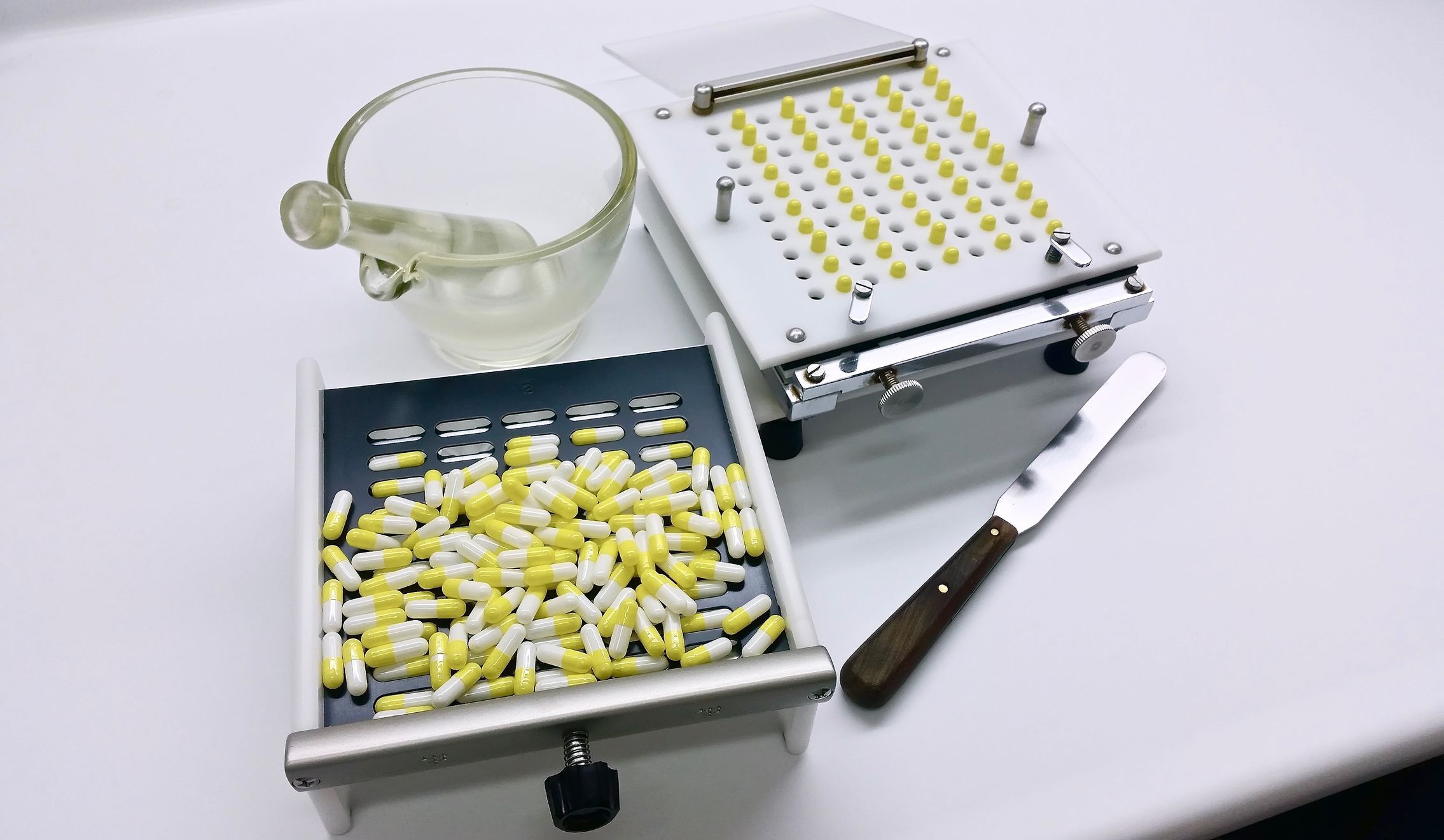A Historical Perspective
Methylene Blue has a rich and fascinating history dating back to the late 19th century, when it was first synthesized by German chemist Heinrich Caro. Originally developed as a textile dye, its medicinal potential was quickly recognized. Over the decades, Methylene Blue’s unique chemical versatility and biological activity have earned it an important place in the evolution of modern medicine.






